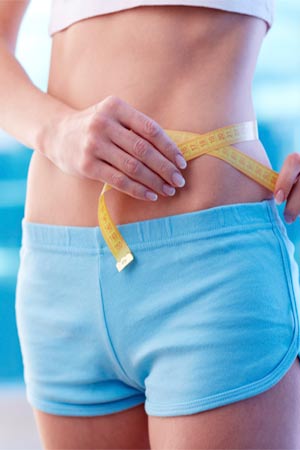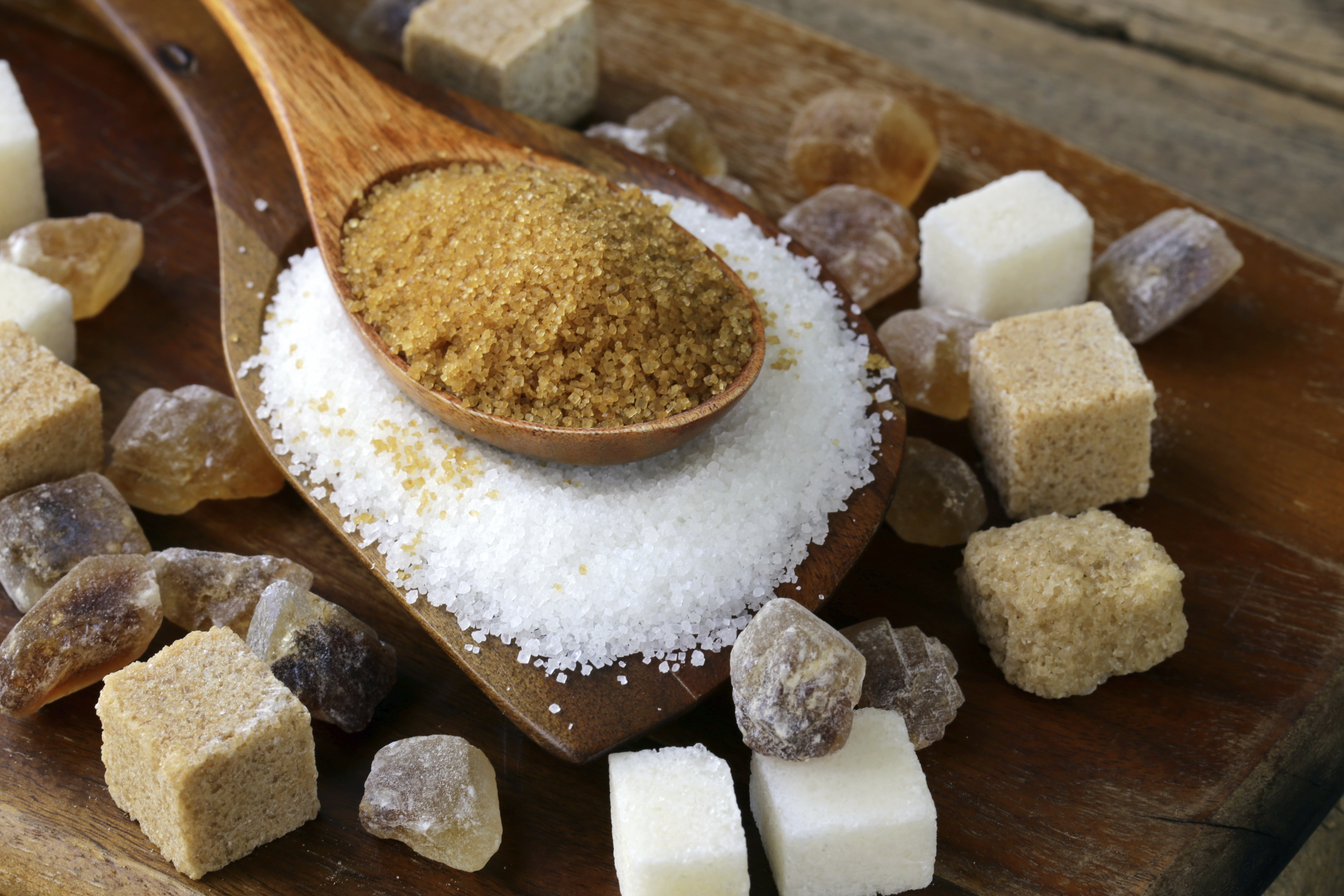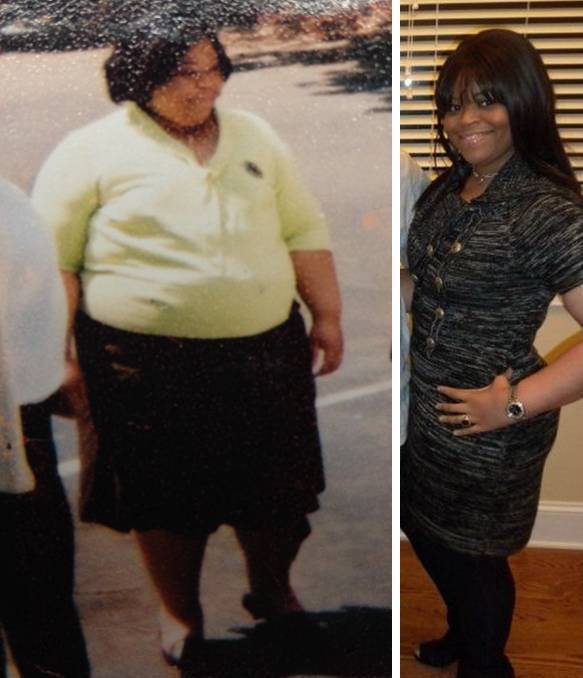Fasting & Weight Loss – Know What You Eat
Many persons that I have worked with over the years lose huge amounts of weight with juice and water fasting. But, in a short amount of time, they relapse into their old ways of eating and gain the weight back – AND then some.
This can be one of the most disheartening situations that one can go through. The reason for the relapse, in most cases, was that these wonderful people took food for granted and did not take the time to get to know what they were eating – BEFORE they put it in their bodies. In some cases it was lack of information. In others, it was downright apathy and laziness.
What many fail to realize is that, just like alcohol and drugs, food – if allowed – can become a treacherous and cunning foe, waiting in the dark for a moment of weakness to strike and lead us back down the road of obesity, guilt remorse and – often – sickness.
For that reason, it is my sincere hope that the simple tools and strategies outlined here can help optimize your fasting, weight loss, diet and fitness goals. That you may be forever vigilant of both your mind and appetite. That you may reach and sustain quality health and live your life to its utmost.
From years of frustration and failure, I have managed to grasp and develop some food knowledge that has allowed me not to relapse into old destructive eating patterns. Again, it is my wish that you may find the freedom that eluded me for so many years.
The point we always emphasize is this; permanent weight loss and health are best attained when one is constantly learning about the food one eats, what it contains, and how it positively or negatively is affecting our minds and bodies.
The Significance of Mastering Food
I swam in a pool of ignorance for years; eating whatever and whenever without any clue as to what food was, and how it could help enhance or destroy life. So let us join together in this quest for understanding and, eventually, mastering food.
To master food is to master our bodies. And to master our bodies is to master our minds and emotions. To master our minds and emotions is to master our lives. Believe it or not, your fasting and weight loss quest has existential significance.
The physical and mental breakthroughs that await you are quite possibly beyond your comprehension. Food is the source of power – it is up to you to learn how to use it in your favor, rather than as an agent of self-annihilation.
You Are What You Eat
The old adage “You are What you Eat, is true. Food can be toxic. The junk food that so many eat in high quantities (soda, burgers, French fries, pizza, candy etc) is full of all types of destructive elements that cut many lives short.
You probably have heard of many of them, including chemicals, free radicals, as well as excessive amounts of sugar and trans fats. These foods, as we all know, are very high in calories and have little or no nutritional value.
Worse yet, for many people – especially in the US – this type of poisonous food represents the bulk of their daily diets. It is little wonder why the obesity epidemic is spiraling out of control.
Understanding Food
The weight loss and fitness we seek here is attained by eating less, of course. But more importantly it is about eating right. Using food to your advantage rather than to your detriment. One of the most constructive ways you can start using food to your advantage is to learn how to scrutinize and understand food labels.
This may sound silly, but I have learned that 90 percent of people hardly ever – or never – read labels. Or perhaps they misread the label, which can be even worse.
In the US, the Food and Drug Administration requires that anything in a container ( and almost anything edible you buy) has to have a label with nutritional facts, including serving size, servings per container, calories, fat, carbohydrates and proteins. We have all seen them, right?
Many labels also have in-depth information as to how much sugar and/or salt the particular food contains. One thing you may have noticed and that shocks me is the obscene amount of sodium (salt) in most canned and frozen foods. Take a glance next time you are at the market. If you have not noticed already, you may be in for a shock.
This is the case with even so called “diet” or “low fat” selections. When I started actually reading and understanding labels, I found that almost 100 percent of what I was eating was toxic and damaging to my body.
Serving Size
Please be aware that if the label says that it has “two servings per container,” then all the nutritional information in the label of that particular product needs to be doubled. A large container of frozen food may say, for example, “four servings in a box.” If you eat the whole box, you are eating four times the amount of fat or calories in the label.
In this case the “serving size ” would be one-fourth of that particular box, not the entire box as many people often believe. Bottom Line, make sure you check both Serving Size and Servings per container. Nine times out of ten the servings per container exceed the serving size, meaning that if you consume that entire product, the fat, calories, carbohydrates etc have to be multiplied times the servings per container.
Too Much Fat
The main problem, especially in the US, is that people eat too much fat. Most have no clue how much fat is in the food they eat. Quick Note: One gram of fat is ten calories, and one gram of carbohydrates is four calories.
The bottom line is that eating too much fat is what makes people fat. The body only needs twenty to thirty grams of fat per day, yet most obese and overweight people I come across can easily consume more than one hundred grams of fat per day.
The rule of thumb is that you should have no more than 15 grams of fat with each meal. If you read every label and do not eat more than twenty grams of fat per day, you will undoubtedly lose weight – even without exercising.
But most overweight people will eat twenty to thirty grams of fat in each meal ! For example, one pat of butter is ten grams of fat. Some people have a big meal and put one pad on each bread roll they eat and several on their baked potato.
If you had two rolls of bread, you can easily be looking at 40 grams of fat just with the bread and potato! And even if it is just one pat for the bread and one for the potato, that is already twenty grams of fat.
Milk
Meat and all basic protein foods as eggs and dairy contain fat. It is a matter of how much and what type you consume. Let’s look at whole milk as another example. If you drink whole milk, you are consuming one gram of fat for every ounce.
So if you drink an eight-ounce glass of whole milk, you basically just took in eight grams of fat. And you have not even started eating! By simply switching to 2% percent milk, an eight ounce glass of milk goes down from eight to four grams of fat – a pretty dramatic 50 percent reduction !
Salad Dressing
But the biggest foe to weight loss and the food that I have found most people stumbling with is salad dressing. Many say they are dieting with salads, but fail to realize just how fattening the salad dressing they are using actually is.
Salad dressing is made from vegetable oil. Oil, of course, is a type of fat. So, for example, one ounce (30 ml) of your typical salad dressing has – on the average – 15 grams of fat ! That is almost enough fat for the whole day in just one ounce of dressing!
And I was never satisfied with just one ounce of anything. Many people go to a restaurant and order a large salad as the main meal and pat themselves on the back for not gorging on the wrong type of foods.
But then they defeat their efforts by putting two or three ounces of rich dressing on their salads. At fifteen grams an ounce, that is almost fifty grams of fat – enough for two-and-a-half-days ! Salad or no salad, that is still destructive and toxic eating.
The “Lite” Alternative
There are many very good “light” salad dressings you can substitute which will cut your salad fat intake down to roughly two grams of fat per ounce. Now 13 grams less of fat per ounce is a shocking difference, don’t you think?
We do not recommend the “Fat Free” dressings. They usually taste funny and will only frustrate you. If you use vinegar and oil in your salad, please know that oil is pure fat – ten grams per ounce. So that also can be a catch 22.
Sweet Tooth
Our medical consultant – a nurse and nutritional advocate for more than twenty years – does not recommend aspartame, which has recently been clinically linked to depression and arthritis, among other things.
It is better to have a little of sugar unless of course, you are diabetic. Many sweets today come in “low sugar” format, which in our opinion is much better than a “sugarless” product spiked with aspartame or ANY other artificial sweetener.
Jelly
Regular jelly, for example, is about fifty calories and ten to twelve grams of carbohydrates per spoonful. Its low sugar option, in contrast, is twenty five calories and only five to six grams of carbs per spoonful. That is a much healthier option, in our opinion.
Seeing Results
So, to round up: Two percent milk instead of whole milk. Light salad dressing instead of regular dressing.
And low sugar jelly instead of regular jelly are three easy ways to cut down on your fat, sugar and calorie intake without sacrificing hardly any taste. This is a virtually painless way to lose weight. Try it !
You will be amazed at the notable results you can get with just a little label reading and adjustments on your grocery list! Little adjustments here and there over a year can make a drastic difference.
Thought To Ponder On:
If you start reading food labels and modifying your shopping list, AND fasting at least one day per week, you will be on your way to significant weight loss and life-changing improvements to your health and overall wellbeing.
At Fitness Through Fasting.com – you will find a growing number of fasting-related articles and topics to assist you achieve your weight loss, detoxification and health-improvement goals through juice and water fasting.
-
Single best exercise for weight loss for Women
This is a question we get very often especially from women: “Wh
-
Slimming With Ephedrine Supplements
Ephedrine has been shown to increase the effectiveness of thermog
-
How Should I Plan Going On A Diet And What Is Zylene
At the end of every festive season it is not uncommon to hear peopl
-
The 3 Dangers of Fasting For Weight Loss
In the last 5 years, fasting for weight loss has become very popular a
-
A Quick Guide To The Advantages Of Fenphedra Xtreme
Any individual looking to lose weight an
-
Weight Loss Secrets Its About Perspectives
Any dietary plan on the market has some portion of it that works, but
- DON'T MISS
- Diabetes Mellitus Type 1 ?Symptoms, Causes and Treatment
- Locating Practical Objectives For The Weight Loss Diet
- Are The Health Benefits Of Acai Berry Good For You
- The hCG Diet
- How To Lose Weight Naturally
- How Do I Buy The Right Home Gym?
- Do these Two things to Get rid of your Food Struggle Forever
- Want to Lose Weight With Exercise - Start Slowly at Home With an Exercise DVD
- How to lose weight with the help of a banana
- How Fish Oil Can Benefit Your Health




